
News Directory
What is the difference between deep groove and shallow groove ball bearings
1. Introduction
Ball bearings are essential mechanical components used to reduce rotational friction and support radial and axial loads. They achieve this by utilizing spherical balls between two concentric rings, or raceways, to allow smooth, efficient motion. Without them, countless machines—from small electric motors to massive industrial gearboxes—would grind to a halt.
Among the many types of rolling-element bearings, deep groove ball bearings and shallow groove ball bearings are two of the most common and fundamentally distinct designs. While both serve the same general purpose, their specific raceway geometry leads to significant differences in load capacity, speed, noise characteristics, and ultimately, their ideal applications.
The purpose of this article is to clearly explain the key differences between these two bearing types, detail their respective advantages and disadvantages, and provide a guide on how to choose the right bearing to meet your specific application requirements.
2. Deep Groove Ball Bearings
Design and Features
The deep groove ball bearing is the most widely used type of rolling bearing. Its defining characteristic is the deep, uninterrupted raceway grooves on both the inner and outer rings. The radius of these grooves is only slightly larger than the radius of the balls, which creates a significant contact area. This high degree of conformity between the balls and the raceways is crucial.
This design allows the bearing to handle not only high radial loads (forces perpendicular to the shaft) but also significant axial loads (forces parallel to the shaft) in both directions. Deep groove ball bearings are typically made from materials like high-carbon chromium steel for maximum hardness and durability, though materials like stainless steel and ceramic are used for specialized needs. They are available in open, shielded (Z or ZZ), or sealed (RS or 2RS) configurations.
Advantages
- High Load Capacity: Their robust raceway design provides excellent support for heavy radial loads.
- Good Axial Load Handling: They can sustain substantial axial forces due to the deep grooves.
- Suitable for High-Speed Applications: They are well-suited for a wide range of operating speeds.
- Versatile and Cost-Effective: They are the most common type of bearing, making them highly available and generally economical.
Disadvantages
- Higher Noise: At very high speeds, the increased contact and conformity can result in them being somewhat noisier than shallow groove bearings.
- Higher Friction: The greater contact area also leads to slightly higher running friction compared to the shallow groove design.
Common Applications
The versatility and load-carrying capability of deep groove ball bearings make them ideal for applications requiring robust performance and reliability:
- Electric motors
- Gearboxes
- Pumps
- Automotive applications
3. Shallow Groove Ball Bearings
Design and Features
The shallow groove ball bearing, sometimes referred to as a single-row angular contact ball bearing with a small contact angle, features raceway grooves that are less deep than those found in the deep groove type. This design creates a smaller contact area between the balls and the raceways.
The primary suitability of this design is for pure radial loads. While they can handle minimal axial loads, they are not designed for applications with significant axial forces. Materials used often include standard bearing steel and stainless steel (especially for medical or corrosive environments). Their more open design inherently offers lower rotational resistance.
Advantages
- Lower Friction: The reduced contact area results in significantly lower running friction and thus less heat generation.
- Quieter Operation: The design typically leads to quieter operation, making them ideal for noise-sensitive applications.
- Higher Precision: They are often preferred in applications where low starting torque and high running accuracy are required.
- Compact Designs: In some specific configurations, they can allow for more compact assemblies.
Disadvantages
- Lower Load Capacity: They have a lower overall load capacity (both radial and axial) compared to deep groove bearings.
- Limited Axial Load Handling: Their ability to withstand axial forces is much more restricted.
Common Applications
Shallow groove ball bearings excel in precision and low-friction environments:
- Precision instruments
- Small electric motors
- Medical devices
- Applications where low noise is critical
4. Key Differences Summarized
To facilitate quick comparison and aid in the selection process, the table below summarizes the critical differentiating features between deep groove and shallow groove ball bearings.
| Feature | Deep Groove Ball Bearing | Shallow Groove Ball Bearing |
|---|---|---|
| Raceway Depth | Deep | Shallow |
| Load Capacity (Radial) | High | Lower |
| Axial Load Handling | Significant (Two-way support) | Limited (Primarily designed for radial loads) |
| Speed Capability | High | High |
| Operating Noise | Higher | Lower/Quieter |
| Running Friction | Higher | Lower |
| Primary Applications | Electric Motors, Gearboxes, Automotive | Precision Instruments, Medical Devices, Quiet Applications |
5. Choosing the Right Bearing
Selecting the appropriate bearing—whether deep groove or shallow groove—is a critical engineering decision that directly impacts the performance, longevity, and efficiency of your machine. The choice must be based on a thorough evaluation of the application's demands.
Load Requirements
The nature and magnitude of the loads are the most important factors.
- Determine Radial and Axial Load Requirements: You must calculate the maximum forces applied perpendicular (radial) and parallel (axial) to the shaft.
- High Loads: If your application involves heavy radial loads and/or significant axial loads (especially if the axial force is substantial relative to the radial force), the deep groove ball bearing is the mandatory choice due to its robust raceway design and superior two-way axial support.
- Lighter Loads: For applications primarily subjected to light-to-moderate radial loads and very little axial force, the shallow groove ball bearing is sufficient and will offer benefits in friction and noise.
Speed Requirements
While both types can operate at high speeds, their performance characteristics under speed vary.
- Deep Groove for High Speeds: Deep groove bearings are well-suited for high-speed operation across a wide range of industrial applications. They are the general workhorse for high RPMs.
- Shallow Groove for Quiet Operation: If your high-speed application also has a critical requirement for extremely low noise and minimal friction (e.g., precision spindles, medical centrifuges), the shallow groove bearing might be preferred, provided the loads are within its limits.
Application Environment
The operating conditions place unique demands on the bearing's design, material, and sealing.
- Contamination/Moisture: In environments prone to dust, dirt, or moisture, sealed (2RS) or shielded (ZZ) deep groove ball bearings are generally preferred for their wide availability and effective protection.
- Corrosion/Temperature: Both types are available in materials like stainless steel for corrosive environments, but the overall design integrity must withstand the operating temperature extremes.
Cost Considerations
- Deep Groove: Due to their standardization and high manufacturing volume, deep groove ball bearings are often the most cost-effective option for general-purpose applications.
- Shallow Groove: Specialized shallow groove bearings (especially high-precision versions) may have a higher unit cost, but the reduced friction and energy consumption over the machine's life can result in a lower total cost of ownership in specialized applications.
| Selection Criterion | Recommend Deep Groove Bearing When… | Recommend Shallow Groove Bearing When… |
|---|---|---|
| Primary Load | High radial load and/or significant axial load. | Light to moderate radial load only. |
| Noise/Friction | Performance and load capacity are prioritized over minimal noise. | Low noise and minimal friction/heat generation are critical. |
| Cost Priority | Seeking the most cost-effective and readily available solution. | The application demands low TCO (Total Cost of Ownership) from energy savings due to low friction. |
| Axial Support | Two-way axial support is required. | Axial load is negligible or handled by other components. |
6. Maintenance and Lubrication
Regardless of whether you select a deep groove or a shallow groove ball bearing, proper maintenance and lubrication are fundamental to achieving the bearing's expected service life and optimal performance.
Importance of Proper Lubrication
Lubrication is the lifeblood of any rolling-element bearing. Its primary functions include:
- Reducing Friction: Minimizing contact between the balls and raceways.
- Preventing Wear: Creating a thin film barrier to separate the metal surfaces.
- Dissipating Heat: Carrying heat away from the critical surfaces.
- Protecting Against Corrosion: Shielding the internal components from the environment.
Common Lubrication Methods
The choice between lubrication methods often depends on the operating speed, temperature, and environment of the application.
| Lubrication Method | Description | Typical Application Conditions |
|---|---|---|
| Grease Lubrication | Semi-solid lubricant contained within the bearing or housing. | Most common method; suitable for moderate speeds, vertical shafts, and sealed/shielded bearings. |
| Oil Lubrication | Liquid lubricant circulated through the bearing assembly. | Essential for very high speeds, high operating temperatures, or when heat dissipation is critical. |
Inspection and Replacement
Regular inspection is vital to detect early signs of wear, contamination, or lubrication breakdown.
- Inspection Frequency: This should be determined based on the bearing's operating hours, load, and environmental severity.
- Key Indicators: Monitoring for increased noise, vibration, or operating temperature can signal a need for relubrication or replacement.
- Sealed vs. Open: Sealed bearings (like the 2RS or ZZ types, commonly deep groove) are often considered "lubricated for life," meaning they do not require relubrication, whereas open bearings must be periodically relubricated.
Properly maintained and lubricated bearings will operate efficiently and quietly, regardless of their groove design. Neglecting these steps will lead to premature failure, regardless of the bearing's initial quality or design.
Conclusion
The distinction between deep groove and shallow groove ball bearings fundamentally lies in their raceway design, which dictates their capabilities in handling different load types and their performance characteristics.
- Deep groove ball bearings are the versatile, high-capacity workhorses of the bearing world, offering robust support for heavy radial and significant bidirectional axial loads, making them ideal for high-power industrial and automotive applications.
- Shallow groove ball bearings are the choice for precision and quiet operation, excelling in applications with lighter radial loads where minimal friction and low noise are paramount, such as medical devices and small, high-precision instruments.
Final Selection Summary
Choosing the right bearing is a matter of prioritizing your application's most critical needs:
| Requirement Priority | Recommended Bearing Type | Key Justification |
|---|---|---|
| High Load Capacity | Deep Groove | Deep raceways offer greater ball-to-raceway conformity. |
| High Axial Force | Deep Groove | Designed to withstand significant forces parallel to the shaft. |
| Low Friction / Low Noise | Shallow Groove | Reduced contact area minimizes friction and sound generation. |
| Cost-Effectiveness | Deep Groove | Standardized and mass-produced; most readily available. |
By thoroughly evaluating your specific load requirements, operating speed, and environmental conditions, you can confidently select the bearing that ensures maximum efficiency, longevity, and reliability for your machinery. As a custom bearing manufacturer, we are committed to providing both types of high-quality bearings tailored precisely to your application's unique needs.



 English
English 中文简体
中文简体 عربى
عربى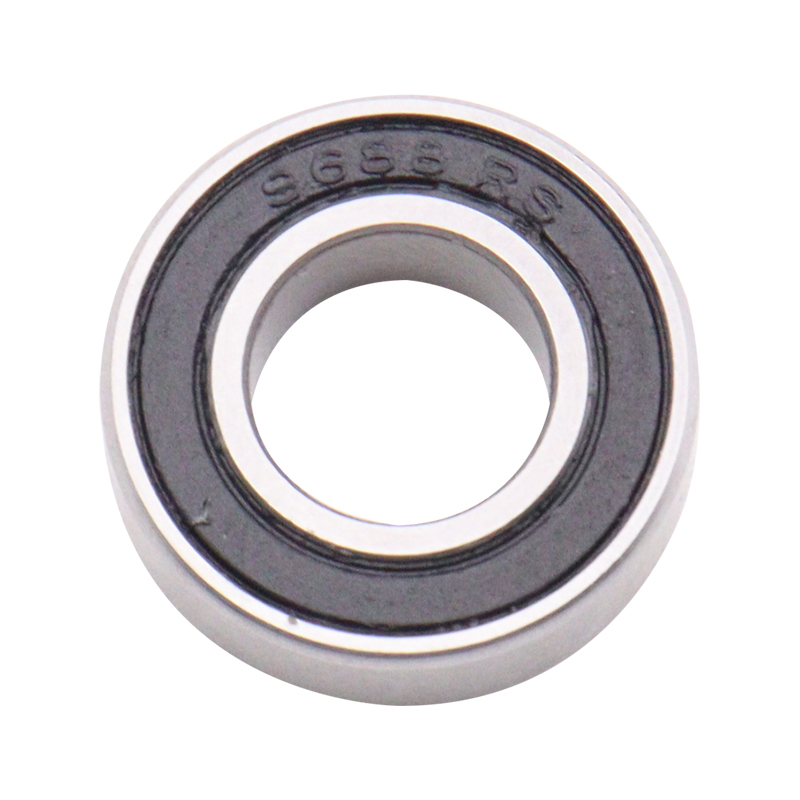
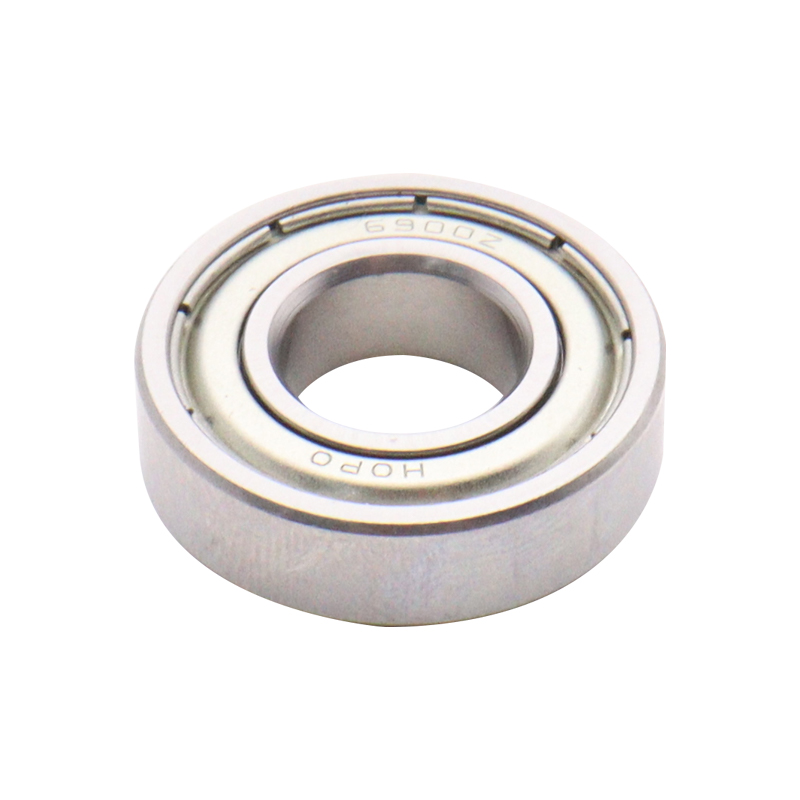
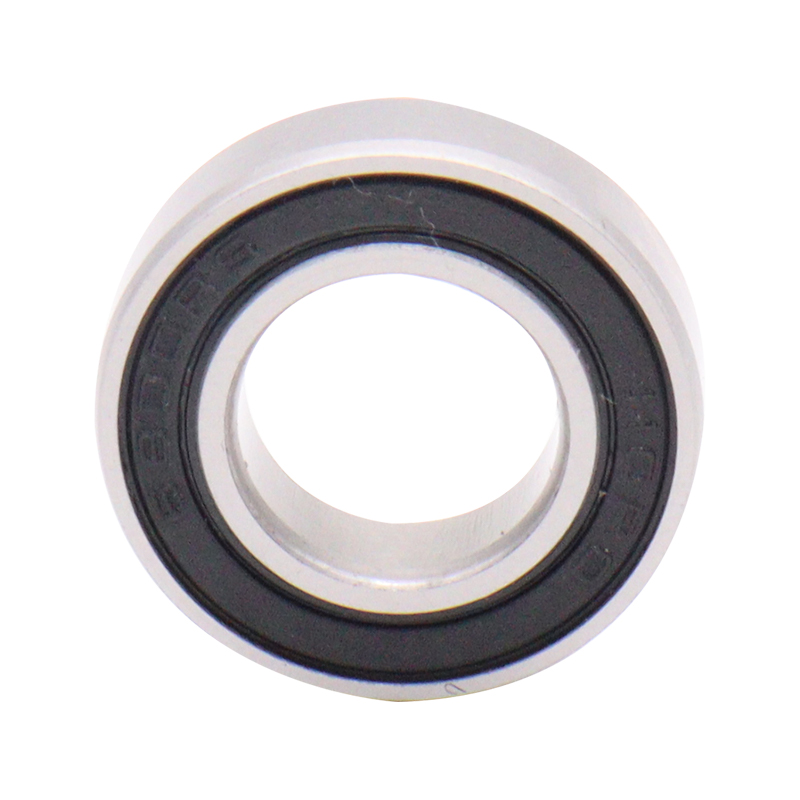
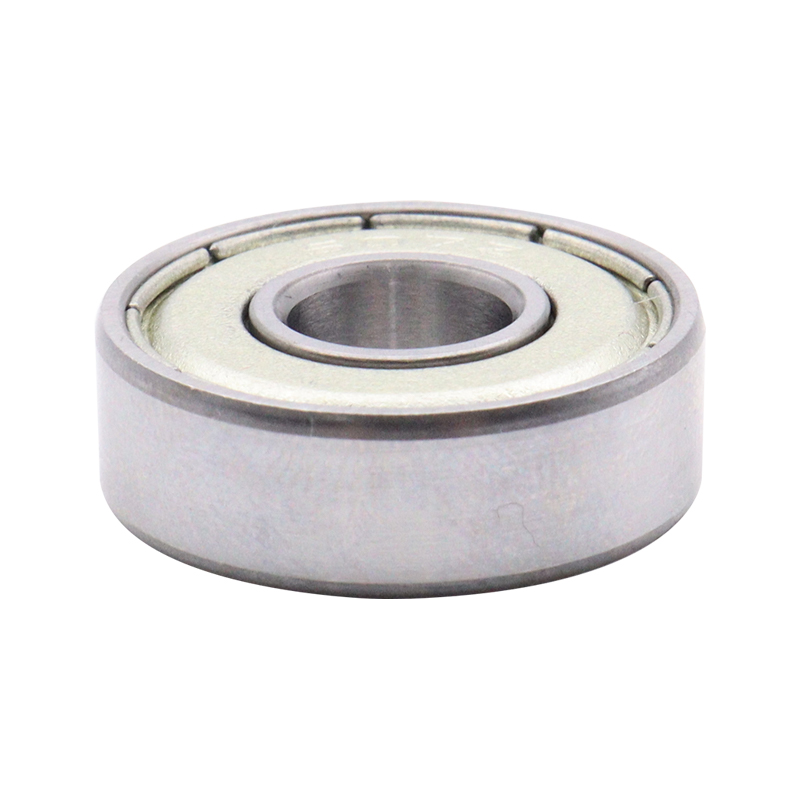
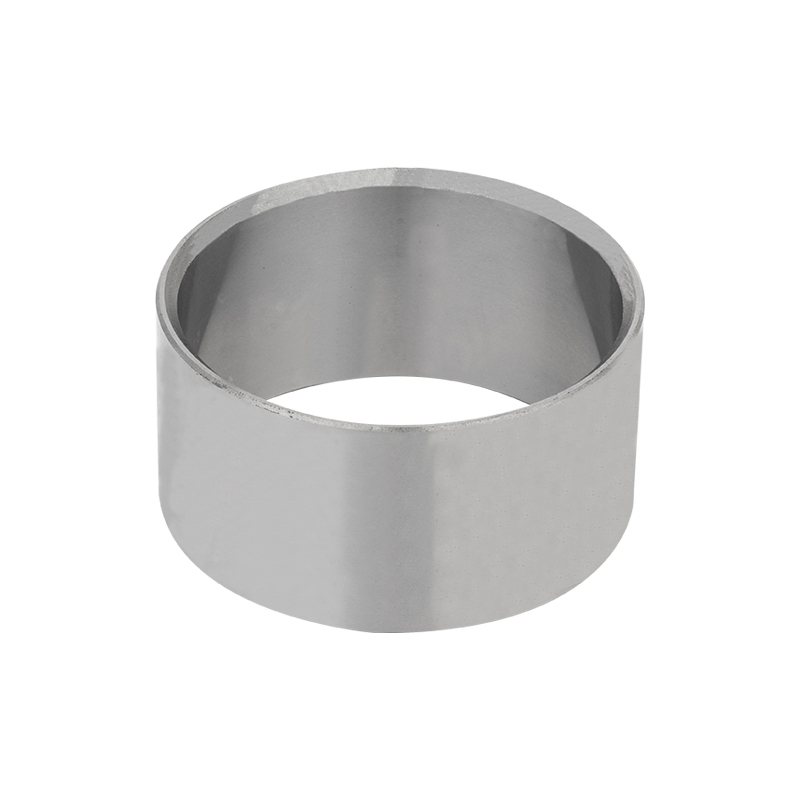
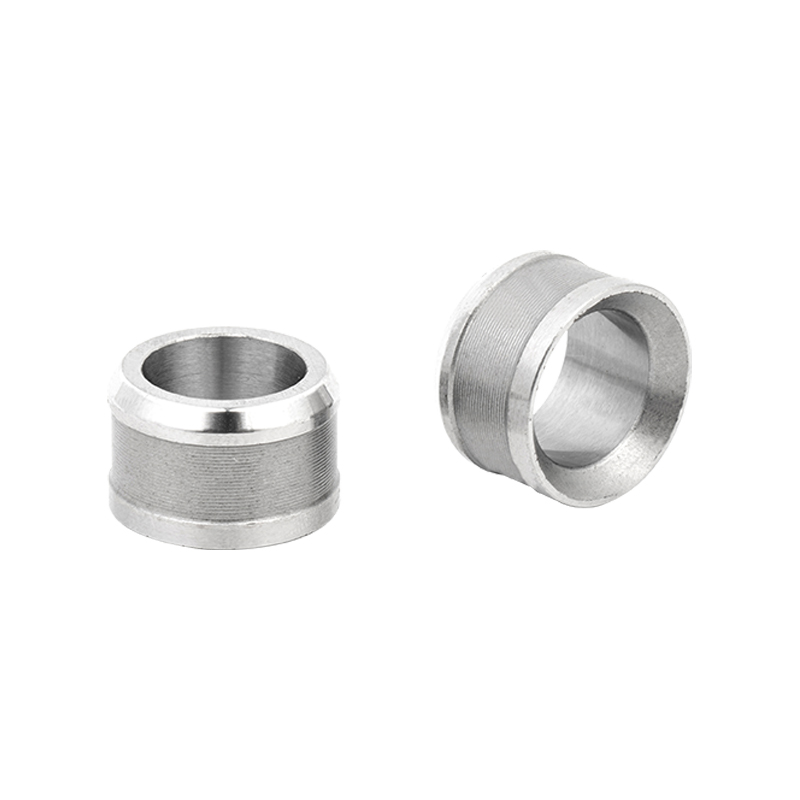
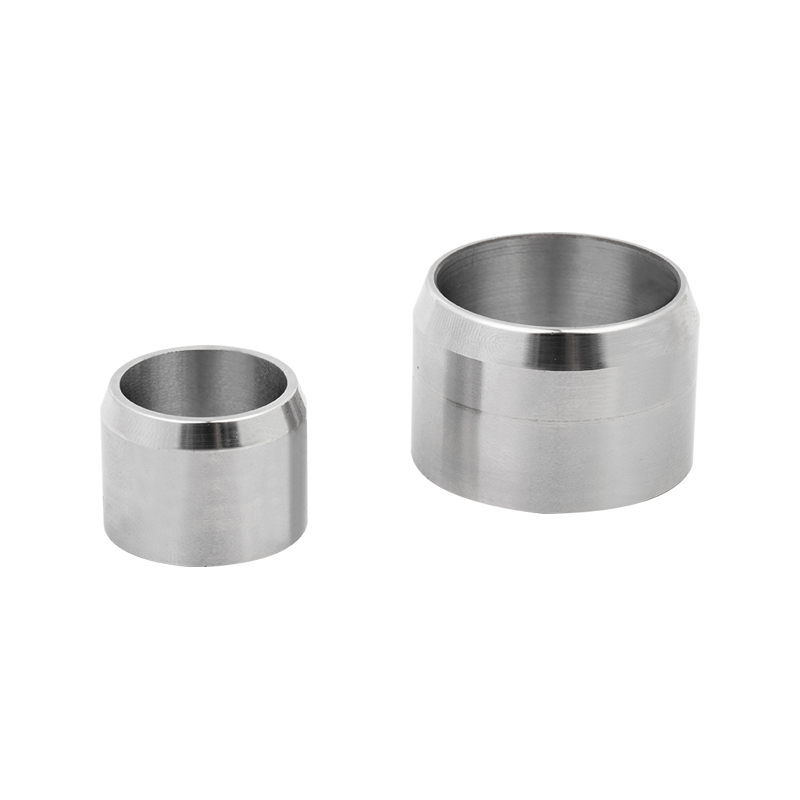
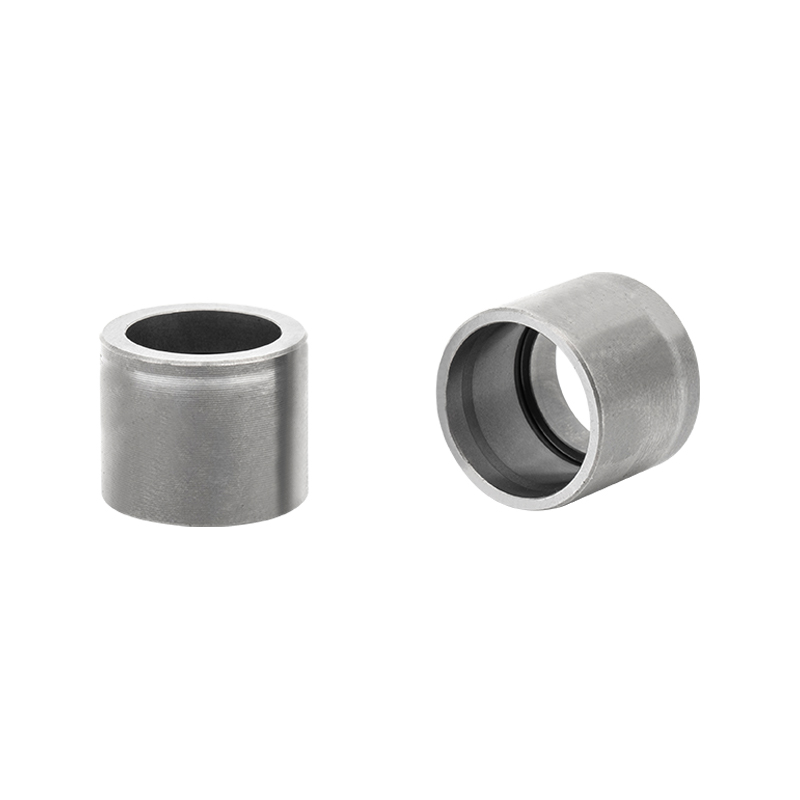
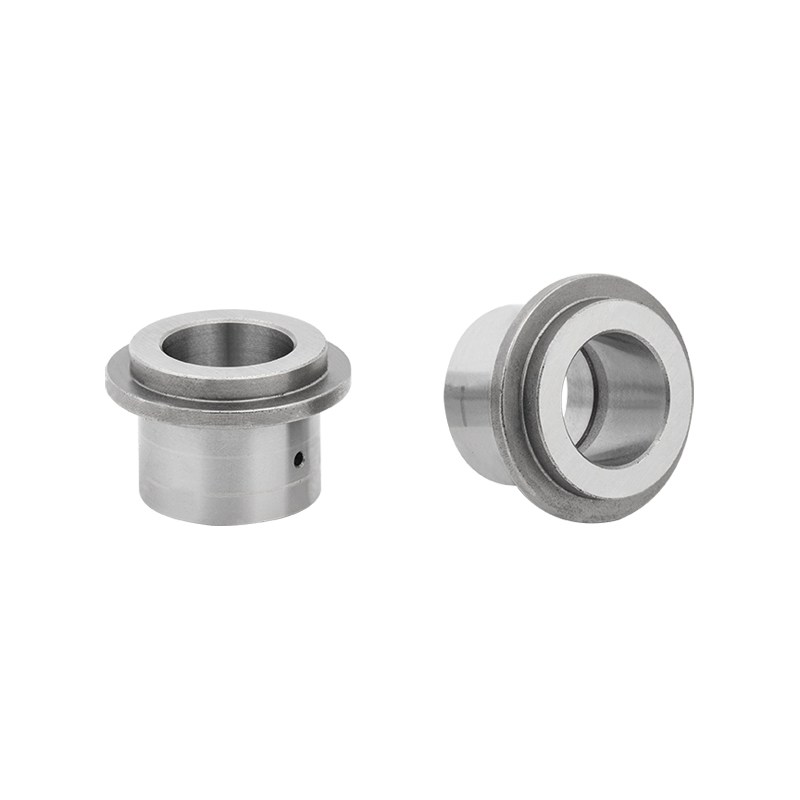

 Download Catalog
Download Catalog
